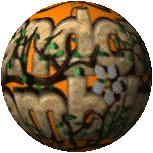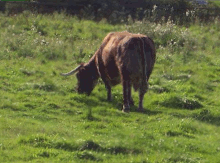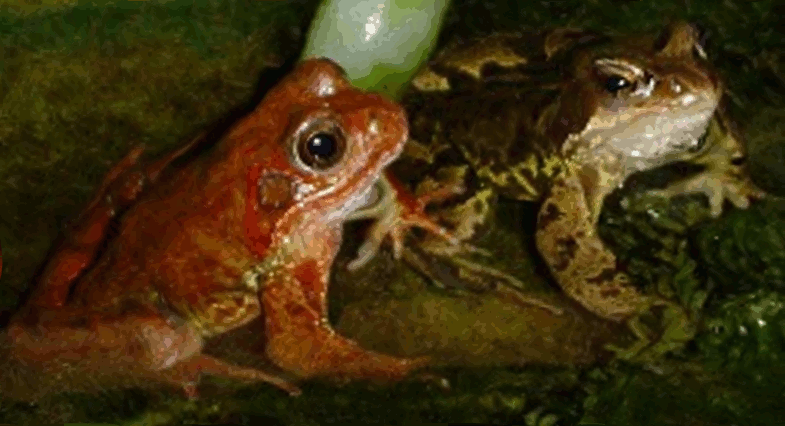Recently we found a grub or larvae, on three separate occasions, inside the top of the hive. On the first occasion the small grub/larvae was moving on a level piece of wood just under the Perspex viewing lid. On the second and third occasion the grub was cocooned in a long silky ball which it appeared to be still making.
We found out that this was the larvae of a wax moth. It is difficult looking at the grub/larvae to tell which out of the two varieties of wax moth that enter hives this one could be. There is a Greater Wax Moth and a Lesser Wax Moth. The Greater Wax Moth is said to chew out small alcoves in the wooden parts of the hive in which to pupate whilst the Lesser Wax Moth has no need to make a groove in the wood before pupating. With that in mind, we concluded that what we had would appear to be the larvae of the Lesser Wax Moth, as we could find no damage to any of the wooden areas of the hive.
Greater Wax Moth - Galleria mellonella or Lesser Wax Moth Achroia grisella
Little note for bee lovers:
Bees are noted for their cleanliness and tidiness. So as long as the brood is healthy and plentiful and well inspected there should be no need to worry about the appearance of occasional wax moths. Both types of wax moth (especially the Greater Wax Moth) are more dangerous if there are areas of stale and dirty cone in the hive or if the bees have been assaulted by Varroa Mites or devastated by other enemies or attacked by a long, bleak, cold Winter or indeed a long, cool wet Spring.

















































1 comment:
so nice blogger
Post a Comment